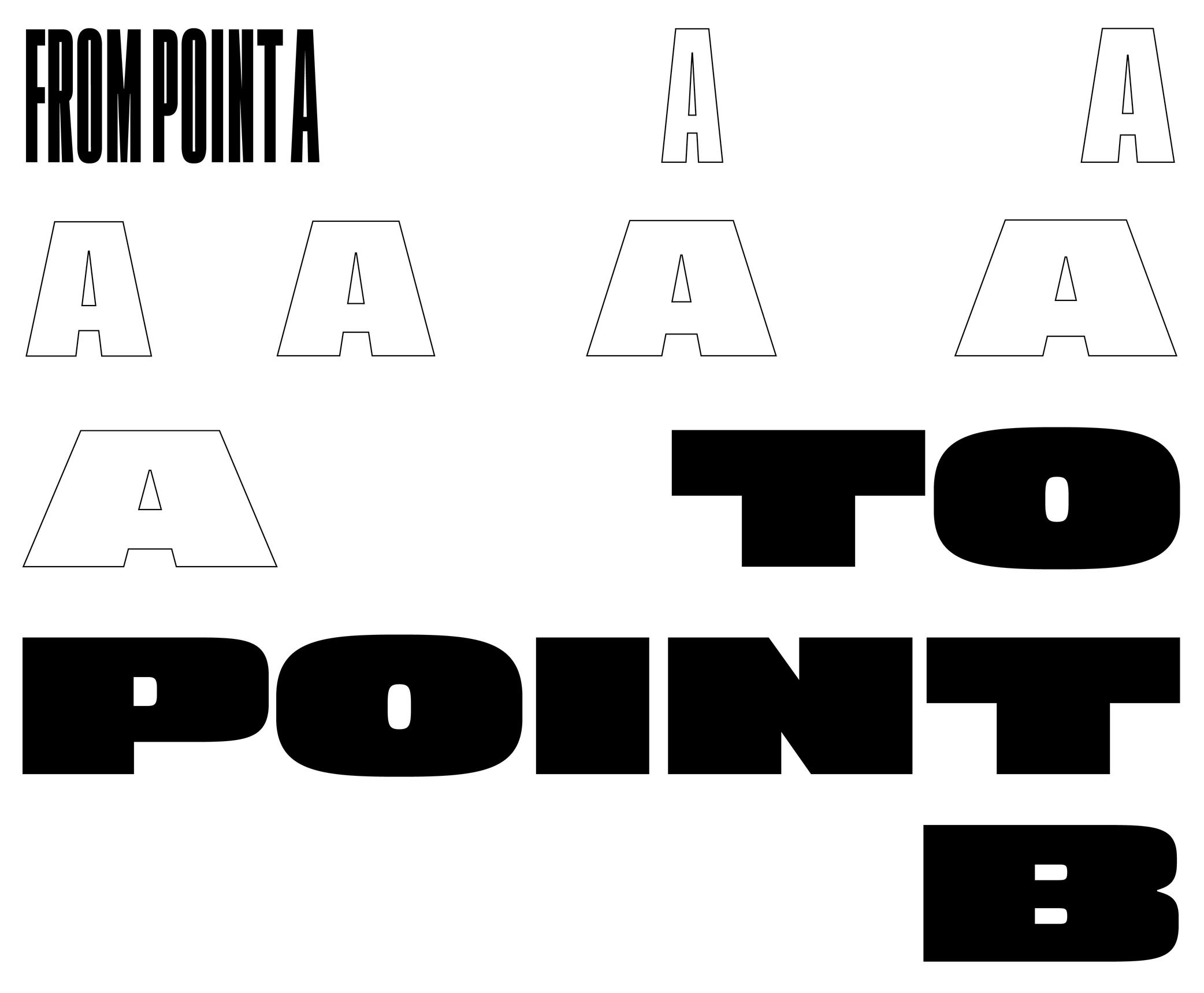Instance

Sponsored by Blaze Type . Typeface in use: Mega , designed by Matthieu Salvaggio and Malo Haffreingue, 2023.
Variable fonts technology allows users to navigate within or use multiple variations between two or more specific styles (called “masters”) with high precision and much smaller font files. When we navigate between masters, we are looking at interpolations, which can be exported and used as individual font styles, called “instances.”
GOING FURTHER
Whether a font is variable or not, the concept of a design space can help makers and users visualize how the styles within a typeface family relate to one another. An instance is a style positioned at a defined location in this space. In addition to having a name (like “Regular,” “Bold,” or “Condensed Bold”), an instance also has coordinate values along one or more design axes (such as weight or width). That becomes especially important in the context of variable fonts, where styles are not static but generated through interpolation within the design space.
The names and values associated with common axes such as weight, width, italic, and slant are standardized and documented in the OpenType Specification .
FONT ENGINEERING ADVICE
There is a distinction between the design space (defined by the outlines and master values) and the user space (what applications read and expose to the user). OpenType specifications document the user space.
Although it is possible to assign any coordinate values to masters and instances for design purposes, these must be mapped to standardized user space values when it come to the common axes mentioned above.
For example, a Regular style must always map to 400 on the weight axis, and a Bold to 700. Some apps only read these values to display an instance, the are therefore necessary for a proper user experience.
Notes
KEY FONT TABLES
• fvar: defines the instances of a variable font.
• avar: maps design space coordinates to user space values.
• STAT: describes the styles and axis values of the font family for UI and app menus.